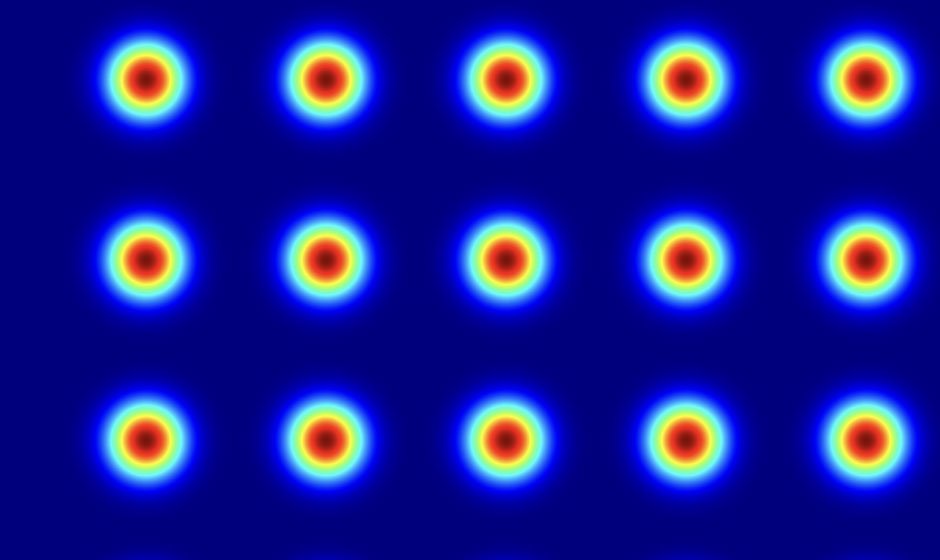In the majority of laser systems, the emitted light beams display a Gaussian distribution pattern. The main characteristic of the Gaussian irradiance profile is that it has a distinctive pattern in which the irradiance reaches its peak at the center and slowly diminishes towards the edges without ever reaching zero. This characteristic leads to an indefinite expansion of the Gaussian profile, causing a notable loss of light energy. In most practical applications of laser beam systems, such energy wastage is unacceptable.
To get rid of this issue, it is important to shape the input beam by using a laser beam shaper. The beam shaper transforms the incident beam in order to get a unique distribution pattern with clear edges and uniform irradiance level. Therefore, by using a laser beam shaper, we can eradicate the irregularities of laser beams and reduce energy loss.
Different Kinds of Laser Beam Shapers
There are different kinds of laser beam shapers based on the operating principle and their properties. While the refractive principle is the operating principle for some laser beam shapers, other beam shapers utilize the diffractive principle. Diffuser laser beam shapers manipulate the input light beam by scrambling its phase and overlapping the beams, on the other hand, the analytical laser beam shapers shape the light beam by superimposing a smooth phase on a predetermined input beam .
- Diffractive Diffusers and Top Hat Beam Shapers
Beam shapers that use the diffractive principle include the Top Hat Beam Shapers and Diffractive Diffusers. They utilize diffraction to achieve a precise beam profile characterized by steady irradiance and well-defined edges. Diffractive diffusers introduce phase variations and create a randomized pattern as they shape the phase, with speckle level inside the shape determined by the laser coherence . In contrast, Top Hat Beam Shapers employ diffractive optical elements (DOEs) to shape the input beam, resulting in a definite spot geometry and a uniform flat-top irradiance profile. Top Hat Beam Shapers are commonly employed to transform single-mode input beams while maintaining phase integrity, while diffractive diffusers are used for multimode input beams.
- Micro-Lens Arrays (MLAs) and Broadband Diffusers
Micro-Lens Arrays (MLAs) and Broadband Diffusers utilize the principle of refraction to alter incoming light beams. MLAs are effective with incoherent incident beams to attain a consistent level of irradiance. In contrast, Broadband Diffusers employ randomized lenslet profiles to improve uniformity in irradiance levels and reduce order artifacts.
Types of Beam-Shaping Solutions
Three typical types of beam-shaping solutions are- i) refractive diffuser beam shaping , ii) single-mode laser beam solutions , and iii) diffractive diffuser multi-mode laser beam solutions. When it comes to refractive beam shaping for multimode beams , MLAs and broadband diffusers are effective beam shapers but have angular tolerances thus lower accuracy. On the other hand, diffractive diffusers and diffractive axicons are more precise laser beam shapers for shaping multi-mode laser beams, but are limited to a single design wavelength. The best shaping performance is achieved with analytical beam shapers working on single mode laser beam input.

